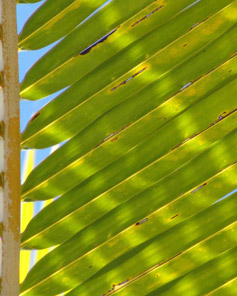Selected terminology and definitions
 Water Conservation:
Water Conservation: Globally, water conservation means limiting or modifying the use of water by human beings, so that our use of water does not cause fluctuations of water quantity and water quality within any cycle beyond those fluctuations caused by natural events (Imberger, J. 1997) within the time-scale of human history. The definition applies to both global and local water cycles, to sources, reservoirs and sinks (Sturman, J. et.al., 2004).
Water Use Efficiency:
Water Use Efficiency is the complement of water conservation. In this case the quantity and quality of the water source is specified (likewise for the discharge or sink). The aim is to maximise the social, economic and environmental benefits from the given quantity and quality of water (Sturman, J. et.al., 2004).
Water Management:
Water management is concerned with water source investigation, water allocation and pricing and water source protection and, when protection has not succeeded, putting into practice remedial actions (Sturman, J. et.al., 2004).
Water Auditing:
Water Auditing is the discipline with quantifying water usage. It provides the means to develop precision in schemes for water conservation, water use efficiency and water management (Sturman, J. et.al., 2004).
The standard definitions proposed by the International Water Association (IWA) and adopted for use in our program are provided below:
'Water abstracted' for public water supply is water obtained for input to water treatment plants.
'Water produced' is water treated for input to water transmission lines or directly to the distribution system.
'Water imported and exported' relates to bulk transfers across operational boundaries.
'System input volume' is water input to a transmission system or a distribution system.
'Authorised consumption' is the annual volume of metered and/or unmetered water taken by registered customers, the water utility and others who are implicitly or explicitly authorised to do so by the water utility, for domestic, commercial and industrial purposes.
Note: Authorised consumption includes items such as fire fighting and training, flushing of mains and sewers, street cleaning, watering of municipal gardens, public fountains, frost protection and water for construction. These may be billed or unbilled, metered or unmetered according to local practice.
References: Sturman, J., Ho, G. and Matthew, K. (2004): Water Auditing and Water Conservation. IWA Publications, London.

















